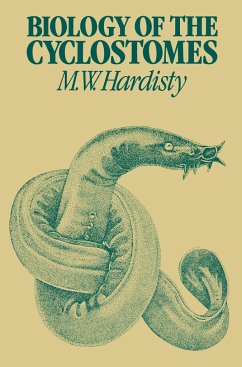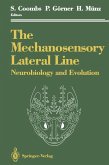The proliferation of scientific texts and their rapidly escalating costs demands of an author some justification for the production of yet another specialised volume; particularly one that treats of a relatively obscure group of animal- the Cyclostomes-whose significance is little appreciated outside the circle of professional biologists. Yet, within the zoological literature this group of vertebrates has always commanded a degree of attention, quite dispropor tionate to the comparatively small numbers of species involved or their economic importance. This special interest stems in the main from their unique phylogenetic status. Asjawless vertebrates the hagfish and the lamprey are regarded as the sole survivors of a once flourishing group of Palaeozoic vertebrates-the Agnathans-amongst which are numbered the first verte brates to appear in the fossil record. Because of this relationship to the fossil agnathans it was inevitable that past discussion of the phylogenetic signifi cance of the cyclostomes should have been dominated by comparative anatomists and palaeontologists, although in recent years their unique evolutionary position has increasingly attracted the interest of comparative physiologists and students of molecular evolution. Within the last fifteen years both the hagfish and the lamprey have been the subject of separate publications describing in detail many aspects of their morphology, physiology and life cycles (Brodal, A. and Fiinge, R. , The Biology ofMyxine, 1963; Hardisty, M. W. and Potter, I. C. , The Biology of Lampreys, 1971-72.








